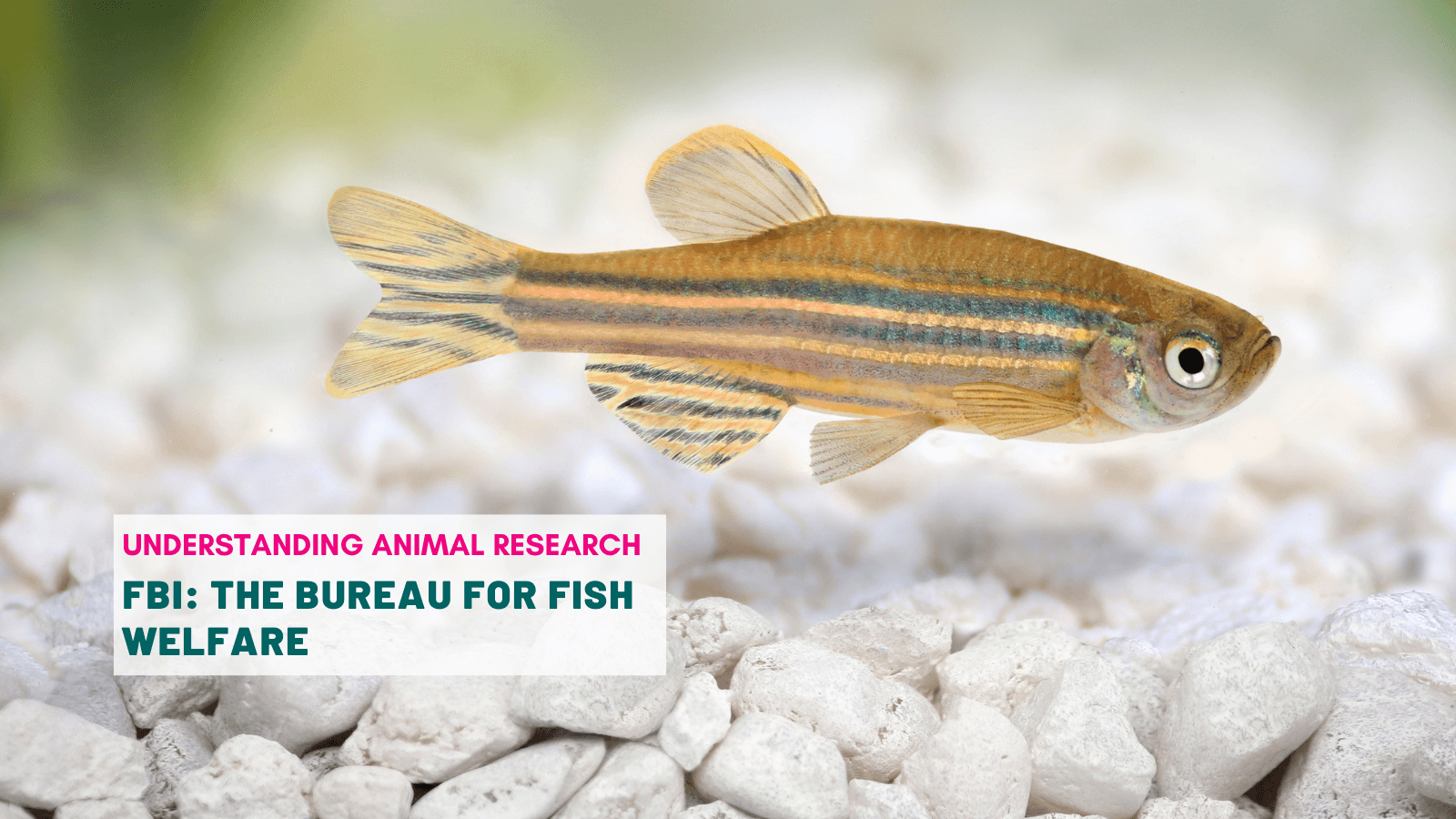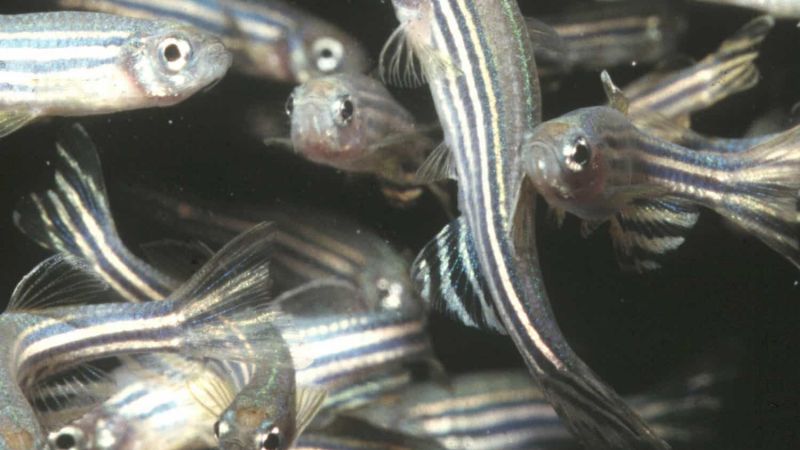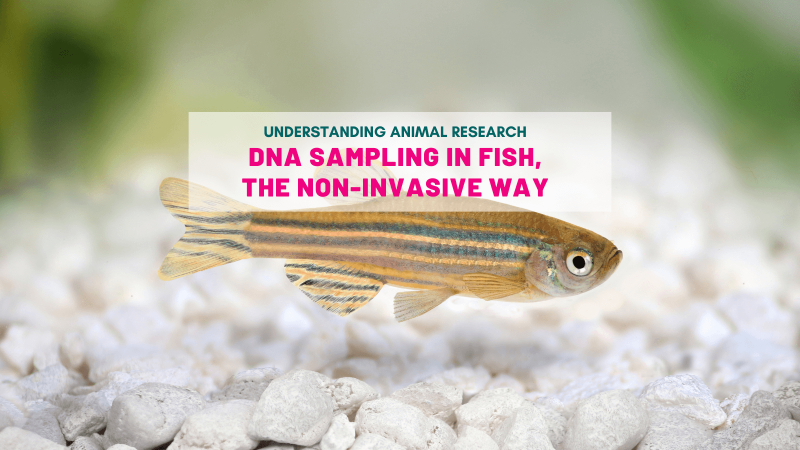In the fish world, FBI has a whole other meaning. It stands for Fish Behaviour Index, an automated intelligent monitoring system that accurately gauges the welfare of laboratory zebrafish.
Every year, about ½ million fish are used in research, and about half of those are zebrafish. They are subject to a wide range of procedures, from very mild behavioural studies through to major surgery that can give rise to pain. The idea of the FBI project was to produce software capable of recognising fish pain or discomfort in real time to assess welfare in the animals.
Fish welfare is a relatively recent endeavour. Not long ago, no one even believed that fish could feel pain. It wasn’t until after Lynne Sneddon, from Liverpool University, published in 2002 a paper that showed that rainbow trout had nociceptors, the nerve ending that can detect painful stimuli, that the idea of fish welfare became real.
“That publication was quite a paradigm shifting event because up until then pain wasn’t recognised in fish,” explains Lynne Sneddon. “After, it became a possibility, and I’ve been working on the question ever since.”
Concern for fish welfare in experimentation stems from both scientific and ethical requirements. Current public policies in most countries call for treatment or prevention of laboratory animal pain whenever possible, but that requires recognising the pain in the animals in the first place. And for fish, that isn’t always straight forwards.
The FBI software was built to assess in real time changes in an individual fish’s behaviour that reflect pain or stress such as quantifying motor activity, distance travelled and space used, beyond what the naked eye could detect.
The results were eye opening. Procedures that had previously been classified as mild were in fact affecting the fish much more than imagined.
Take the fin clip procedure, for example, routinely performed for genomic screening. For a long time, the researchers clipped the fins under anaesthesia but because the intervention was thought to be only mild, no further pain killer was administered. However, under the scrutiny of the FBI, the severity of a procedure, defined by the time it takes for an animal’s behaviour to return to normal, was re-evaluated.
The fin-clipped animals were in fact experiencing changes in behaviours that lasted for at least 24h and administering pain relief prevented these behaviours. By doing so, the researchers showed that the fin clip procedure should actually be classified as moderate severity, unless researchers used pain relieving drugs, which made it mild again.
The use of pain relief to decrease the severity of procedures isn’t new. The UK home Office requires to include pain relief in research protocols where possible and it would seem inconceivable to do major surgery in mammals without providing pain relief. Yet we had been doing it to fish for a long time.
“But more and more researchers are starting to use analgesia to reduce the severity of their procedures in fish,” noticed Lynne Sneddon. “I’ve been contacted by a lot of researchers across the world asking for the correct doses assessed using the FBI to improve the welfare of their animals. Although we are probably 10 years behind mammals in terms of welfare standards, I’ve seen massive changes, especially over the last 10 years.”
The FBI isn’t the only fish welfare tool. Lynne Sneddon and her team have looked at ways to assess group welfare in fish with a different system called the CFA, chromatic fish analyser. It works by analysing video images and measuring light saturation which tells us about the fish activity (the fish are white on the background), measuring clustering and vertical and horizontal hue, which is a measure of where the fish are in the tank. The data is extracted from the video images and the software creates a value for each of those parameters. The video footage needs to be high resolution, so the data acquisition can’t happen in real time, but it can be used to see if a group of fish is behaving abnormally or if one fish in a group is acting unusually.
“This is quite a major step forwards in assessing welfare in laboratory fish”, explains Lynne Sneddon. “It could allow care takers and researchers to intervene to improve welfare at an earlier stage and find out which drugs at which doses are effective at preventing pain.” And less pain is linked to better welfare but also better science.
Experimental procedures can cause stress and/or pain without those factors being intrinsically important to the objectives of a study, and if normal behaviour or physiology is affected then the response to these events may blur the data and the science. To ensure the validity and reliability of scientific studies, it is vital to use normal individuals in experiments but also to maintain good health during and after laboratory procedures.
But these welfare tools don’t only concern the laboratory setting. In fact, these systems could be particularly useful outside the more regulated and controlled environment of the lab.
73 to 180 billion fish are farmed each year, which makes fish the most farmed group of vertebrates in the world. And unfortunately their conditions are often extremely poor. The majority of farmed fish are subject to overcrowded and restrictive tanks, which, when unchecked, lead to severe stress, disease and welfare issues.
The FBI and CFA could play a crucial role in assessing fish welfare in these conditions and refine ways to improve their situation and consequently their health. Both the FBI and the CFA have been tested in a public aquarium for example to assess animal welfare. The new tools could prove essential in detecting pain or discomfort in fish, regardless of the context.
Interviewee: Dr Lynne Sneddon, Director of Bioveterinary Science, University of Liverpool
Last edited: 30 August 2023 15:30




